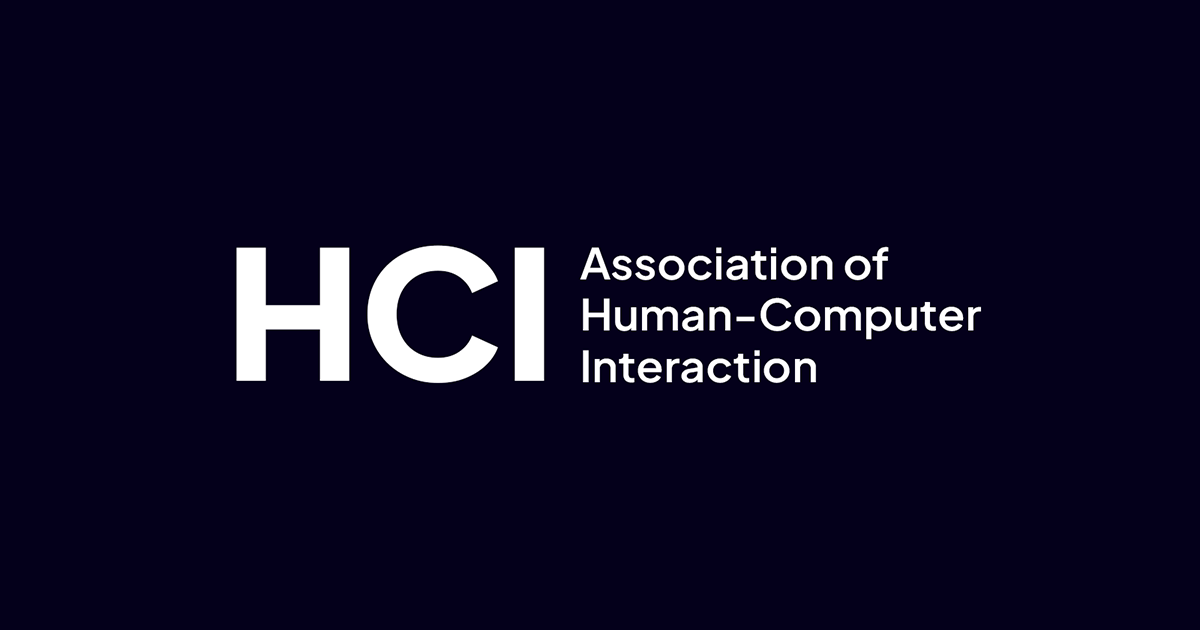Association of Human-Computer Interaction
Open Science
The original article is published under the Creative Commons Attribution 4.0 International (CC BY 4.0) license
How font style and colour of news text can effect cognitive load when displayed on intelligent user interfaces
Jianlong Zhou; Xianglin Miao; Feijuan He; Yalin Miao
July 4, 2022
Advances in Internet and mass media technologies suggest intelligent and personalized media interfaces to improve the reading efficiency of news readers and improve news dissemination. Cognitive load is one of the factors affecting the comprehension of news readers and thus the dissemination of news. I anticipated that display elements in an intelligent news media UI could be automatically adjusted to modulate the level of cognitive load perceived by audiences in to improve news reading efficiency. media user interface, it is unclear how these elements affect the perceived cognitive load of news readers.This article examines the perceived cognitive load of news readers under different font styles and font color conditions. Experiments using Chinese news text as a case study found that changing the font style of the keyword text resulted in an increase in the reader's perceived cognitive load while reading. Message text introduced under the low cognitive load and the keywords shown in blue. While under the introduced high cognitive load, the italic font and red color of the keyword text led to a significant reduction in the reader's perceived cognitive load when reading the news text, thereby improving the efficiency of news reading. This document is limited to the effects of two aspects of message text (font styles and colors) on the cognitive load perceived by the user. Future work will focus on examining the impact of other factors, such as news images and their colors, numbers, and locations, on user-perceived cognitive load.
The Impact of Augmented Reality (AR) on User Interface Design: Designing for Mixed Reality Experiences
August 7, 2023 Articles
Exploring the Role of Gestural Interaction in User Interface Design: Challenges and OpportunitiesJuly 31, 2023 Articles
The Role of Motion Design in User Interface: Enhancing Usability and User ExperienceAssociation of Human-Computer Interaction
We’re a learned society of researchers and academics with an interest in the study of human-computer interaction
© 2023 All rights reserved.
Association of Human-Computer Interaction
